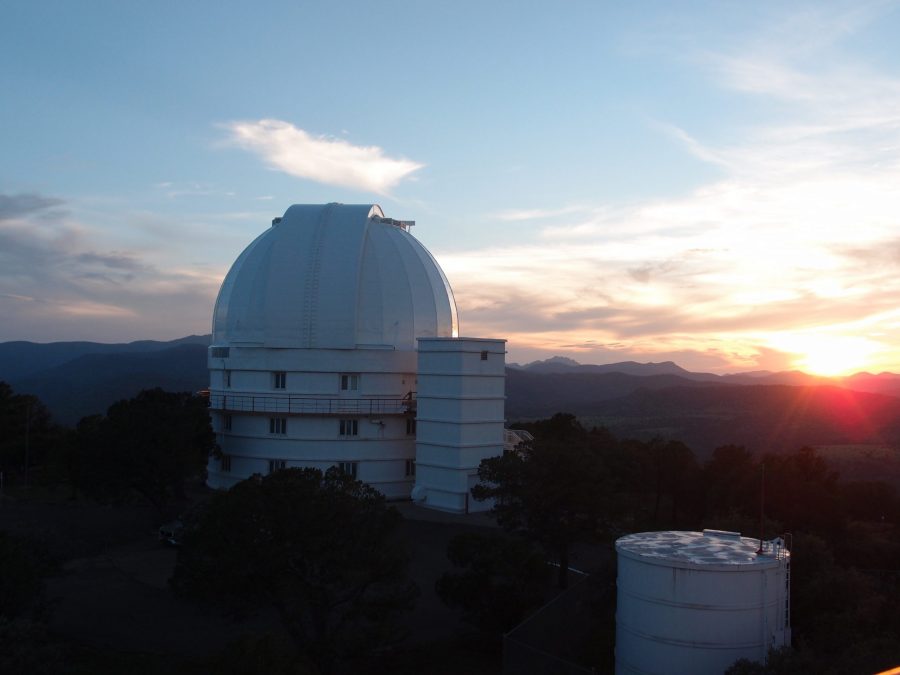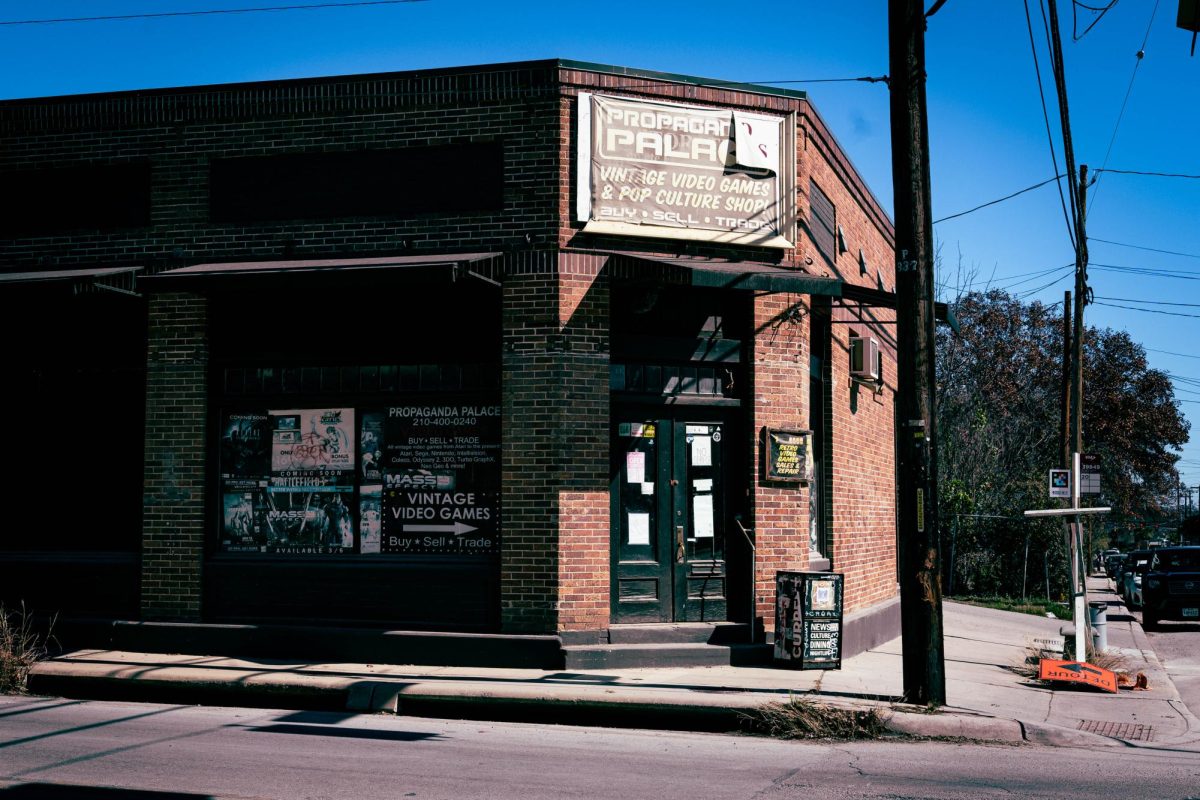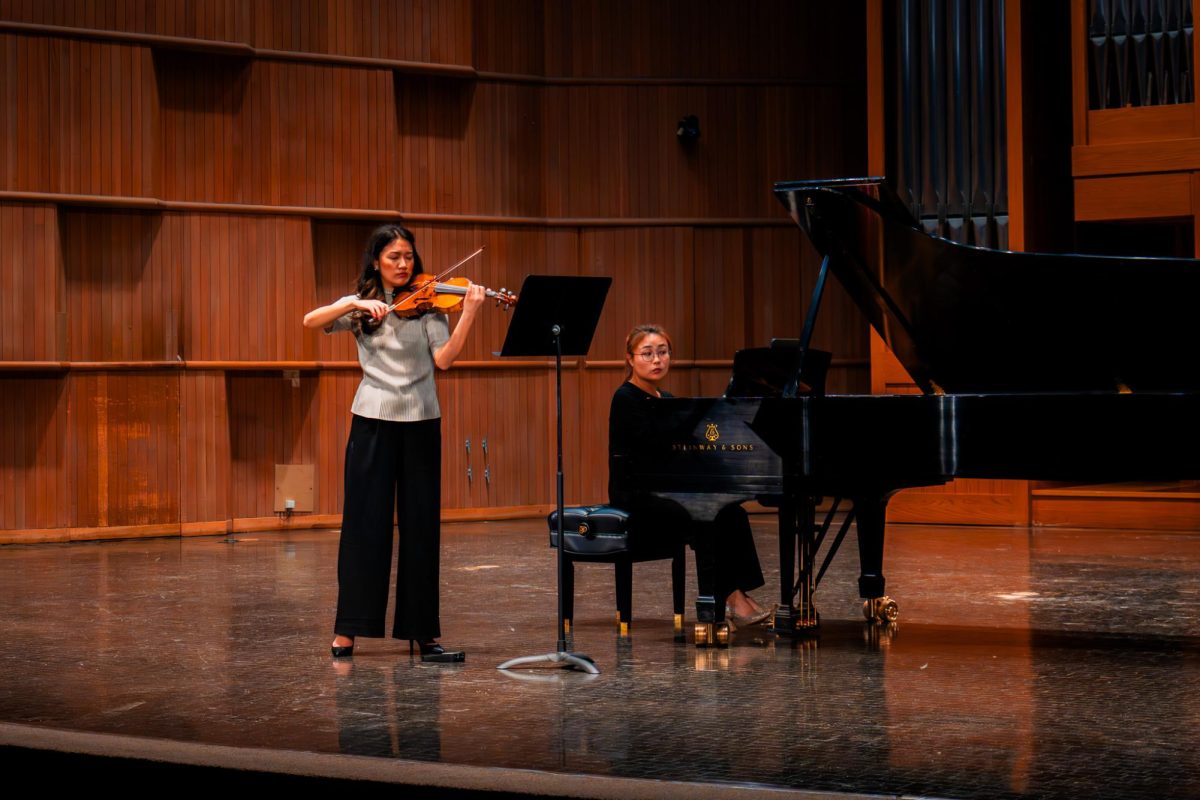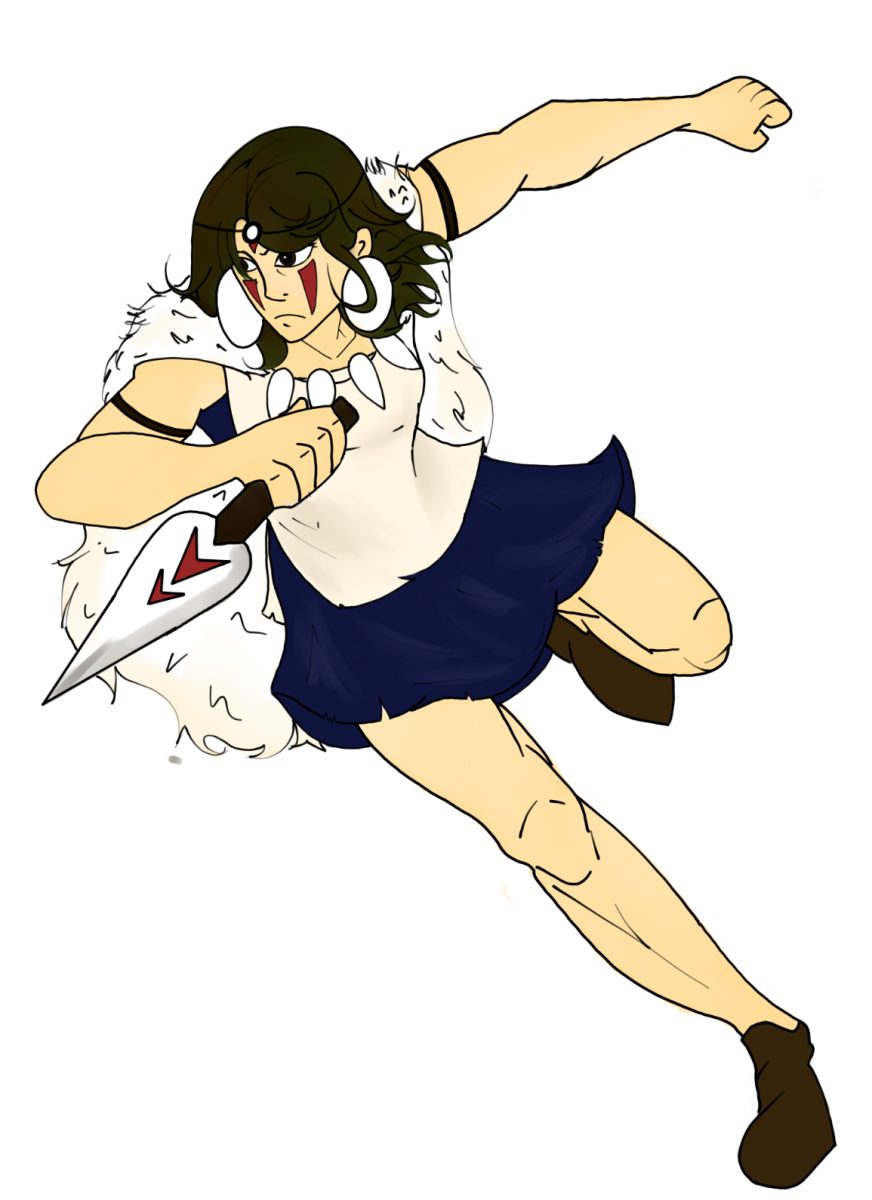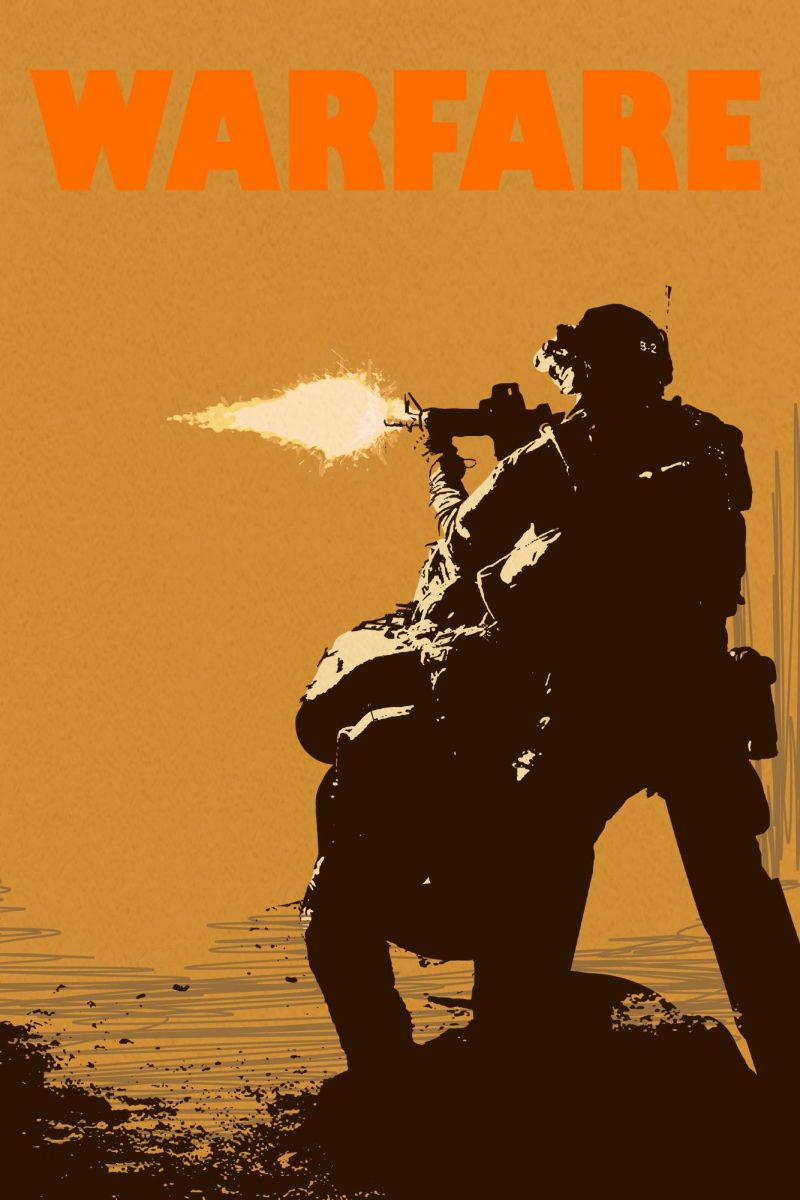Student researcher sets his sight on the stars.
A single email has the power to drastically change the course of one’s career.
Junior undergraduate physics major Aldo Sepulveda discovered just how much an email can change one’s life when he was accepted into the University of Texas at Austin’s TAURUS summer research program.
What followed was an extraordinary summer and a life-changing experience.
Applying for a research position is a daunting challenge for any undergraduate student, but with advice from UTSA faculty members, Sepulveda managed to secure himself one of the six spots available in the TAURUS program where he worked with Dr. Brendan Bowler, measuring the dynamic mass of the exoplanet host star HR 8799.
This young star hosts four exoplanets whose orbital motion has been continuously monitored since their discovery nearly a decade ago. For Sepulveda, the most challenging part of the program was learning how to code in Python. “When June came around, we were thrust into an intense Python workshop that really pulled me out of my comfort zone, because I had no previous applied programming experience going into the summer. It was a really valuable experience because that gave me the necessary tools to excel in this type of research.”

the University of Texas at Austin. Photo courtesy of Aldo Sepulveda
Armed with this new skill, Sepulveda set out to fit orbits into data collected by astronomers at various observatories in order to fill a gap in astronomers’ knowledge of HR 8799.
Prior to efforts by Sepulveda and Bowler, astronomers only had model-dependent estimates on the mass of the host star at the center of HR 8799. Now, their contributions have provided a model-independent mass for the star–a key piece in the puzzle to more reliably constrain the age of HR 8799–ultimately allowing astronomers to have a better understanding of how exoplanets form, revealing information about how planets in our own solar system formed.
Following the summer, Sepulveda has been invited to present his research at the Southwest Research Institute, the American Astronomical Society meeting in Washington D.C. and the Gulf Coast Undergraduate Research Symposium at Rice University.
He was also afforded the opportunity to visit W. M. Keck Observatory in Hawaii and get hands-on experience observing with NIRC2, a near-infrared imaging instrument that utilizes the adaptive optics system at Keck.

In all, Sepulveda said the experience was life-changing. “I was craving my first research experience in the field and further direction for a career in astronomy. What I got from this summer was that and so much more. I gained a substantial exposure to the larger community in the field of astronomy and found that the culture is very appealing to me.
I met and made connections with many wonderful people in all stages of their astronomy careers. Overall, I developed stronger confi dence in both my interest in career astronomy and in my own abilities.
The growth and learning that I accomplished over this summer could only come from an experience like this, certainly not from a classroom.”
Sepulveda hopes his story will encourage undergraduate students with little or no research experience to pursue summer programs. Maybe they too will have a life-changing experience.

